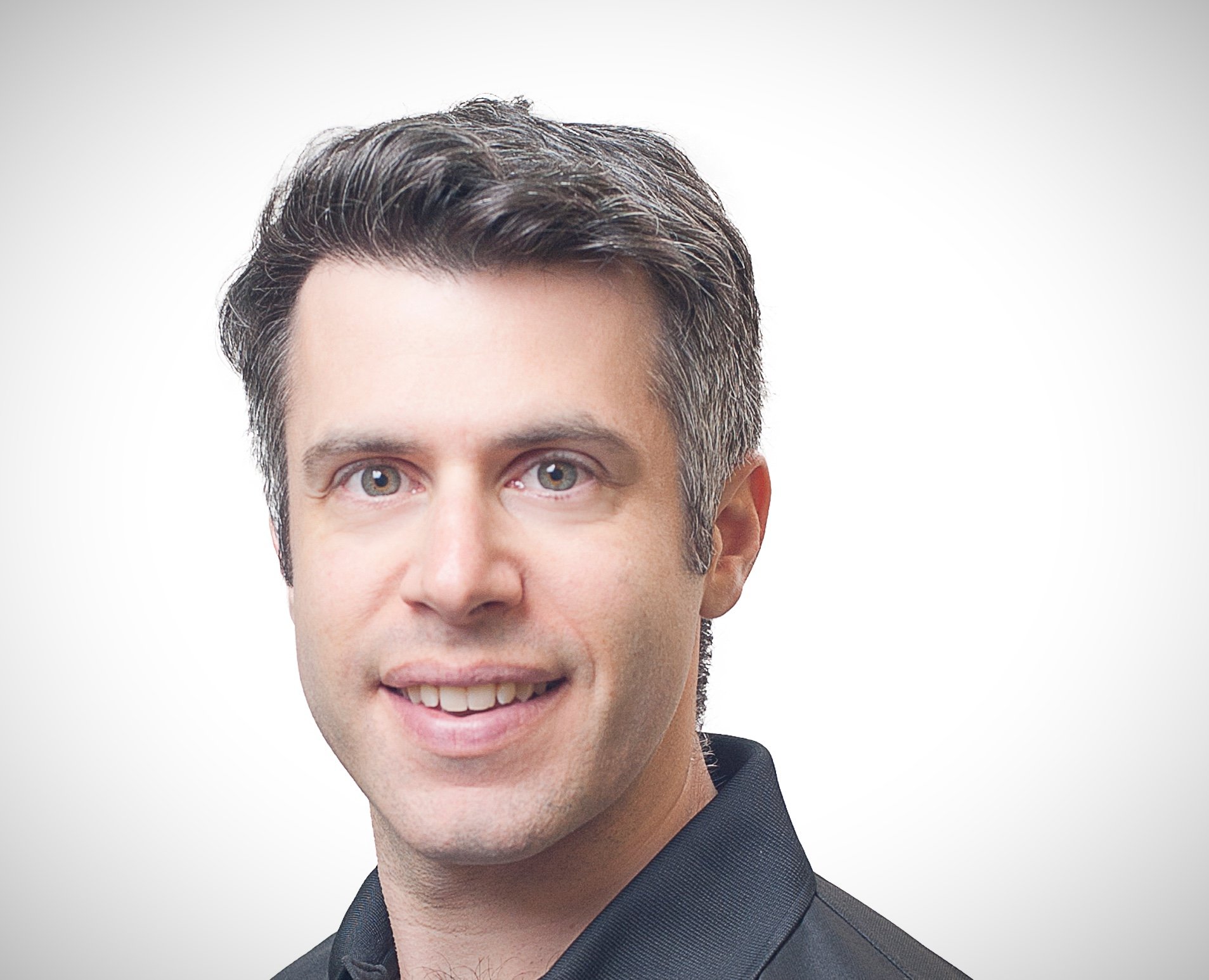In Orphan: The Quest to Save Children with Rare Genetic Disorders, clinical geneticist and biotech entrepreneur Dr. Phil Reilly chronicles centuries of medical progress that have contributed to recent breakthroughs in rare disease medicines, diagnostics, and clinical care. Yet Reilly also describes a field that is only just beginning to find solutions for the wide spectrum of rare genetic diseases that cause suffering, disability, and untimely death in millions of people around the world.
Written in 2015, much of Dr. Reilly’s book is still relevant today, but many aspects of the field have changed markedly. In this conversation with Techonomy, Reilly explains what’s changed.
What exactly are rare diseases and why do they matter?
The term “rare disease” was defined legislatively in the Orphan Disease Act in the 1980s as a condition that affected less than 200,000 people in the United States. These include many genetic diseases, as well as some types of cancer that meet the legislative criteria. These diseases are rare individually, but collectively they’re common. There are literally thousands of rare diseases, and by some estimates, as many as 5-10% of people in the US have their lives touched by one of these disorders directly.

Why is the early and accurate detection of a rare disease so important in the management of these conditions, especially for children?
If a disease is rare, we know comparatively little about it and even less about what it’s like pre-symptomatically. This is why it often takes time—sometimes several years—to get the correct diagnosis. This is what many call the “diagnostic odyssey,” where the parents of a child with a rare disorder go from one medical center to another trying to find out what’s wrong. Early diagnosis helps to keep the diagnostic odyssey short, saving time and resources for parents to provide treatment or intervene with clinical trials if possible.
Another reason why early diagnosis is important is that many rare genetic diseases are autosomal recessive, meaning each parent must contribute one mutated gene to the embryo. In these cases, parents have a 1 in 4 recurrence risk that their next baby will also be affected by the same disease. By diagnosing early, you can alert families to this recurrence risk, and then they can avoid the birth of a second affected child, such as by choosing adoption, going through preimplantation genetic diagnosis, and things like that.
What are some of the new innovations in rare disease diagnostics that you find most exciting?
I would begin with whole exome and whole genome sequencing [WGS], which are revolutionizing the diagnosis of mysterious diseases in the newborn intensive care unit. Many leading medical centers are already using sequencing to help understand what’s wrong with the very sick babies they can’t diagnose. This is not quite yet the standard of care, but it’s getting very close.

There are also significant advances in prenatal diagnosis. I’m not so much referring to the standard non-invasive prenatal testing [NIPT] technologies, which still work at a pretty crude level to find things like extra chromosomes or big genetic deletions. I think in the next few years we will have tests that will be able to analyze the entire fetal genome by capturing fetal cells from maternal blood and warning a woman very early what the problem is and what she might do about it.
One thing this enables is the notion of “prenatal therapy,” which began to develop in the years since my book was published. This is the idea of providing therapy to the fetus before it is born, which might be more effective than doing so after birth. I am optimistic that new therapeutic technologies like CRISPR, gene editing and gene therapy will be a part of this story, although we still haven’t solved many of the problems of these approaches.
How might improvements in rare disease diagnostics impact the traditional newborn screening programs that are widely used today?
Let me be blunt: I am dissatisfied with the state of newborn screening [NBS] in the world today. Most NBS tests today are based on a technology called tandem mass spectroscopy [TMS] which looks at blood analytes, meaning the products of different proteins. With this, we can screen for 60 or so rare disorders, but this is less than 1% of the universe of known rare genetic disorders.
TMS was a great advancement, but it has been around for almost 30 years. To me, it is inevitable and should be the case that all newborns should have their genomes sequenced to look for severe disorders. And I think that it is certain it will happen, largely because the cost of WGS continues to fall, and I now talk to groups who think they can do a deep coverage of the baby’s genome for $500. That’s cheaper than even one MRI.
I feel very strongly that there must be a revolution in NBS, and I want it to happen now. We really need to address this problem at a national level. We will save hundreds of thousands of lives each year if we do it.
What are some of the bioethical concerns that universal newborn sequencing presents and how do we handle it?
I was twice the President of the American Society of Law and Ethics for Medicine and I was dealing with these issues in the 80s, so there is nothing new about them. The major concern is making certain that acquiring this information will benefit the child. In the past 20 to 30 years, there were lots of worries about genetic discrimination, such as in access to healthcare or life insurance. There is a federal law that was enacted many years ago that forbids health insurers to discriminate based on genetic predispositions, though there is no such law for life insurance.
Another concern is in how genetic information might affect the dynamics of the family structure. For example, I remember people saying that they didn’t want to screen for muscular dystrophy because it doesn’t appear until one or two years of life, so why not let the parents have a year or two where they think the child is completely healthy. But the earlier we can study people that are at risk for the disease, the better our chances of us doing something important to help them.
Of all the new therapeutic modalities that are being developed for rare diseases, which ones excite you most?
I’m a believer that gene therapies are going to make a huge difference in the long run. I know that it’s been slow coming, as we’ve been talking about them for 20 or 25 years, and there have been setbacks, plus ongoing questions about the durability and safety of these therapies. But when I step back and look at literally the hundreds of companies working on these issues, I’m pretty confident that they’re going to change the lives of patients—not only for ultra-rare diseases, but common ones too. I don’t think we are quite there with the CRISPR technology because it has off-target effects, but I think that’s going to be beneficial too.
The bigger problem is that there may be as many as 10,000 single gene disorders, and many of them are so rare and so devastating neurologically that there will be very little commercial incentive to develop drugs for them, so I think avoidance of certain diseases through carrier testing and prenatal diagnostics is going to become ever more important. While it’s not a therapy, we have to think about it as an approach to the overall problem of the burden of genetic disease.
What about the concept of customized or “N-of-1” therapies for those ultra-rare genetic diseases?
Nowadays, with a few million dollars, one can probably construct a company to treat a single child with a custom or N-of-1 medicine. My venture firm Third Rock has an internal project we used to call N-of-1 and we now call EOM, or Everyone Medicine. I gave it my support, but it definitely raises some ethical questions. Is N-of-1 medicine only going to be available to the people with the right education and connections to help their children? How does the average person with a child that has an ultra-rare disease negotiate the system for N-of-1 medicine? These will be difficult questions to resolve.
What is the reimbursement landscape like for the newer rare disease medicines, the ones that offer curative potential but cost hundreds of thousands or even millions of dollars?
For most ultra-rare disorders, the most expensive medicines may only treat 50 or 100 children in the US. If the FDA approves the therapy, most insurance companies in the US will accept the cost and pay for therapy, but across each individual insurance company, their burden of payment may be only 1 or 2 patients. So, while these medicines are very expensive, big insurance companies can easily absorb the cost because they have so many other people paying into the system.
Some people worry that there will be so many therapies that the system can’t handle them all. Realistically, I don’t think there will be more than a hundred approved FDA therapies for ultra-rare diseases in the next 10 years, so I think we have time to work it out. The reimbursement issue certainly has not dissuaded gene therapy companies. Every gene therapy company in the marketplace believes it is going to be paid.
I also think that the cost of therapy will gradually come down. You might start out treating some rare disease when there’s only 10 or 30 people getting treated, but the more you look the more cases you find, especially if you go international. We also need to recognize that sometimes these gene therapies won’t be much cheaper than existing therapies.
What else are you working on today?
I’m in my 70s and I’m never going to retire, and I’m going to remain focused on genetic disease. I was a venture partner full-time at Third Rock Ventures from 2008 to 2019, but now I’m half time. My main project with them now is to try and develop a company that will offer whole genome sequencing to a variety of populations including newborns in the private sector.
Outside of Third Rock, I like to help start companies that are highly focused. Biotech ventures like platform companies, but I still think there is a place for companies that zoom in on just one disease. I’m also working on a prenatal diagnostics company called Luna Genetics that focuses on finding fetal cells in the mother’s blood and sequencing those cells to identify serious disease at only 8 or 9 weeks, which could make amniocentesis unnecessary. That’s my most exciting project.
—
The Q&A was conducted by longtime Techonomy contributor Will Greene, a Singapore-based healthcare writer and strategy professional. He currently serves as Healthcare Engagement Manager at Roche Diagnostics Asia Pacific, where he drives thought leadership for Lab Insights, a data hub and educational content platform for the clinical lab community. Follow him on LinkedIn or Twitter for more content about healthcare innovation, including a forthcoming series about newborn screening and rare disease diagnostics.

















